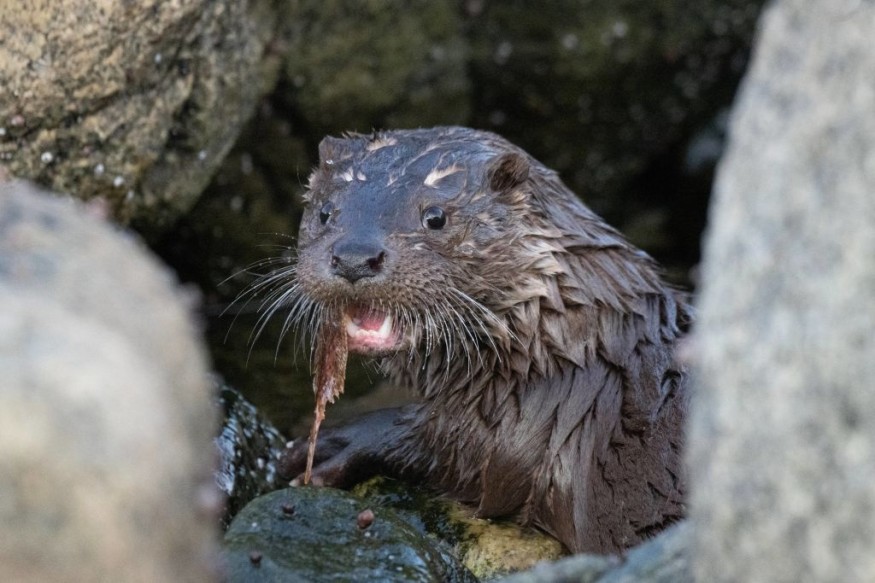
Concerns about the potential long-term health impact on English otters were raised after experts found the presence of PFAS, sometimes referred to as "forever chemicals," in the species.
Forever Chemical
In order to track PFAS levels in the environment and determine the concentration of these chemicals in UK freshwaters, as well as any ecological or health problems, the scientists from Cardiff tested otters from all across the country. The concentrations of persistent chemicals in otters residing close to facilities that produce PFAS piqued the curiosity of the researchers.
Because of their ability to withstand oil and water, pervasive flame-retardant substances, or "forever chemicals," are widely utilized in a variety of industries, according to Emily O'Rourke, research associate at Cardiff University School of Biosciences.
Due to their high solubility in water, PFAS compounds are frequently released into the environment by sewage runoff, firefighting foam made with PFAS, and effluent from industry. Because they are the top predators in British freshwaters, otters are useful markers of environmental contamination because they may absorb PFAS chemicals through their diet.
The goal of the Cardiff University Otter Project is to do research on otters in the United Kingdom. To help safeguard British otter populations, the initiative monitors otter numbers and studies otter ecology using otters that have been found deceased.
The study builds on their earlier findings and investigates the amounts of 33 different PFAS chemical types in dead otters that were discovered between 2015 and 2019. It focuses on a region where a factory that formerly used PFAS chemicals was located.
High quantities of PFOA, one of the PFAS chemicals, were found in the vicinity of a business that produced Teflon, or poly(tetrafluoroethylene), based on our earlier research, including otter studies.
Regulations forced the plant to stop using PFOA in 2012, but our most recent analysis reveals that PFOA concentrations are still high in the area around the factory. Even after its usage is discontinued, PFOA is predicted to linger in the environment for a long time.
"Evidence suggests PFOA will gradually migrate through soil to groundwater and thus become less bioavailable, but the timeframe of this is unknown. Biomonitoring of otters in this area provides a valuable way to determine how long industrial activity can impact ecosystems nearby," added O'Rourke.
Read Also : Forever Chemical Products To Be Ban in France, Claims To Be Harmful To Health And Environment
Risk To Animals
Since some PFAS chemicals are hazardous and have a long half-life in the environment, they are controlled. Examples of these substances are PFOS and PFOA. As a result, producers have switched them out with chemicals with comparable structural properties. The quantities of replacement compounds found in the UK otter populations were also examined by the researchers.
The research discovered that although the amounts of the earlier, now controlled PFAS chemicals are still highest in otters, newer replacement PFAS chemicals are now being found; in fact, some of the replacement compounds were found in most of the otters.
Among these was the existence of F-53B, a substance utilized in China's electroplating sector. Although F-53B is not currently in use in the UK, it was found in 19 of the 20 otters that were examined, indicating that it may be coming into contact with the country through long-distance shipping from China or through the use and disposal of imported products that contain F-53B.
"There is concern that some of these replacement PFAS chemicals may be just as persistent and toxic as the compounds they have replaced. Further research is urgently needed on replacement PFAS chemicals in order to establish their risk to apex predators-like otters-and humans," said Dr. Elizabeth Chadwick.
Related Article : Beavers to be Released Into the Wild in England with Legal Protection
© 2025 NatureWorldNews.com All rights reserved. Do not reproduce without permission.





